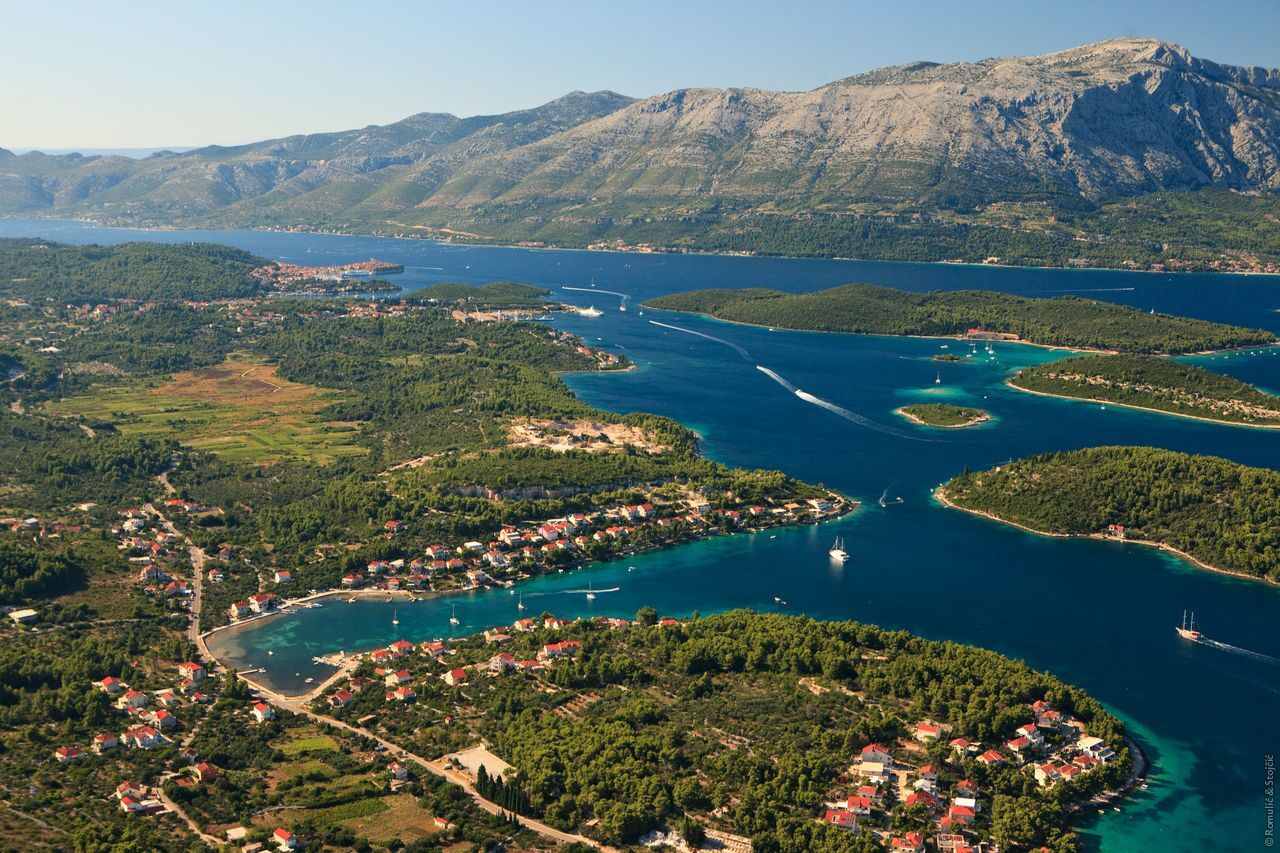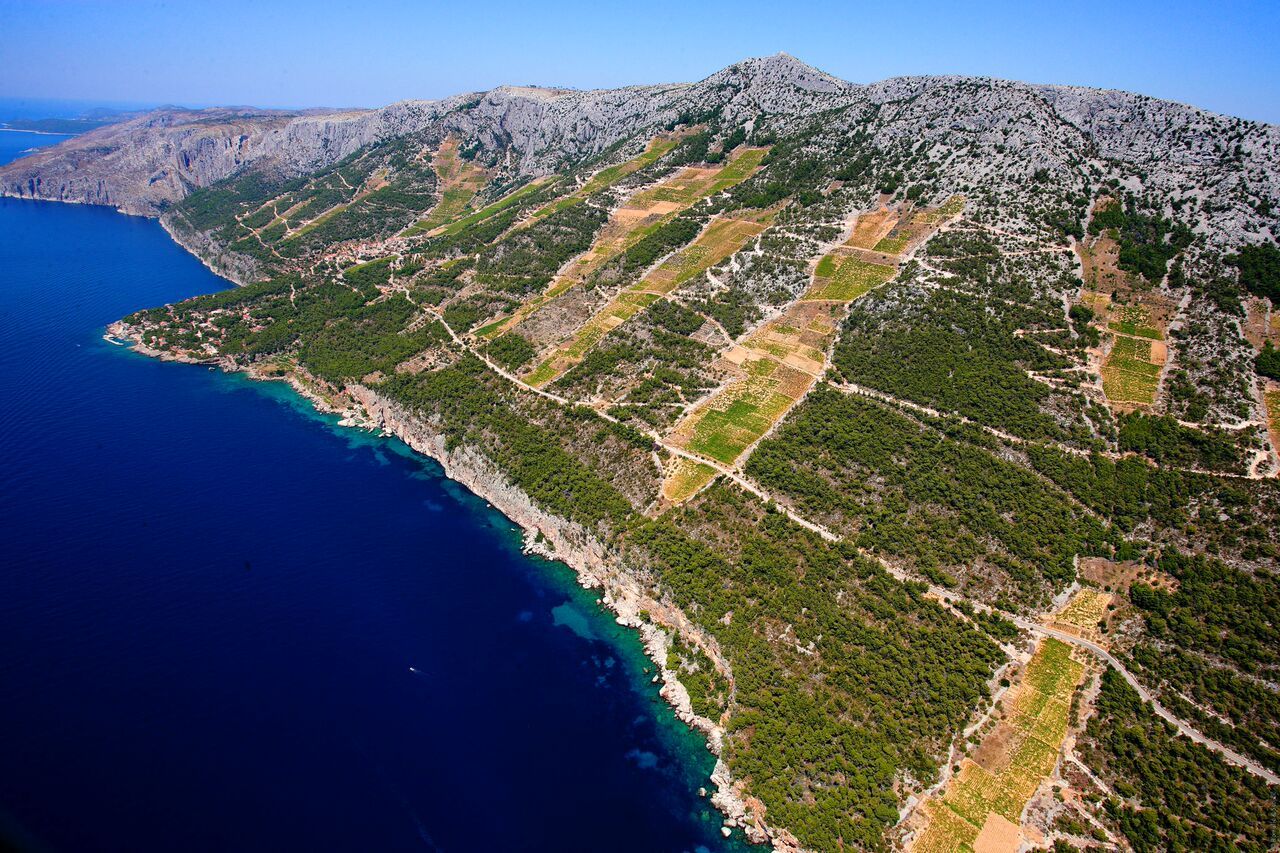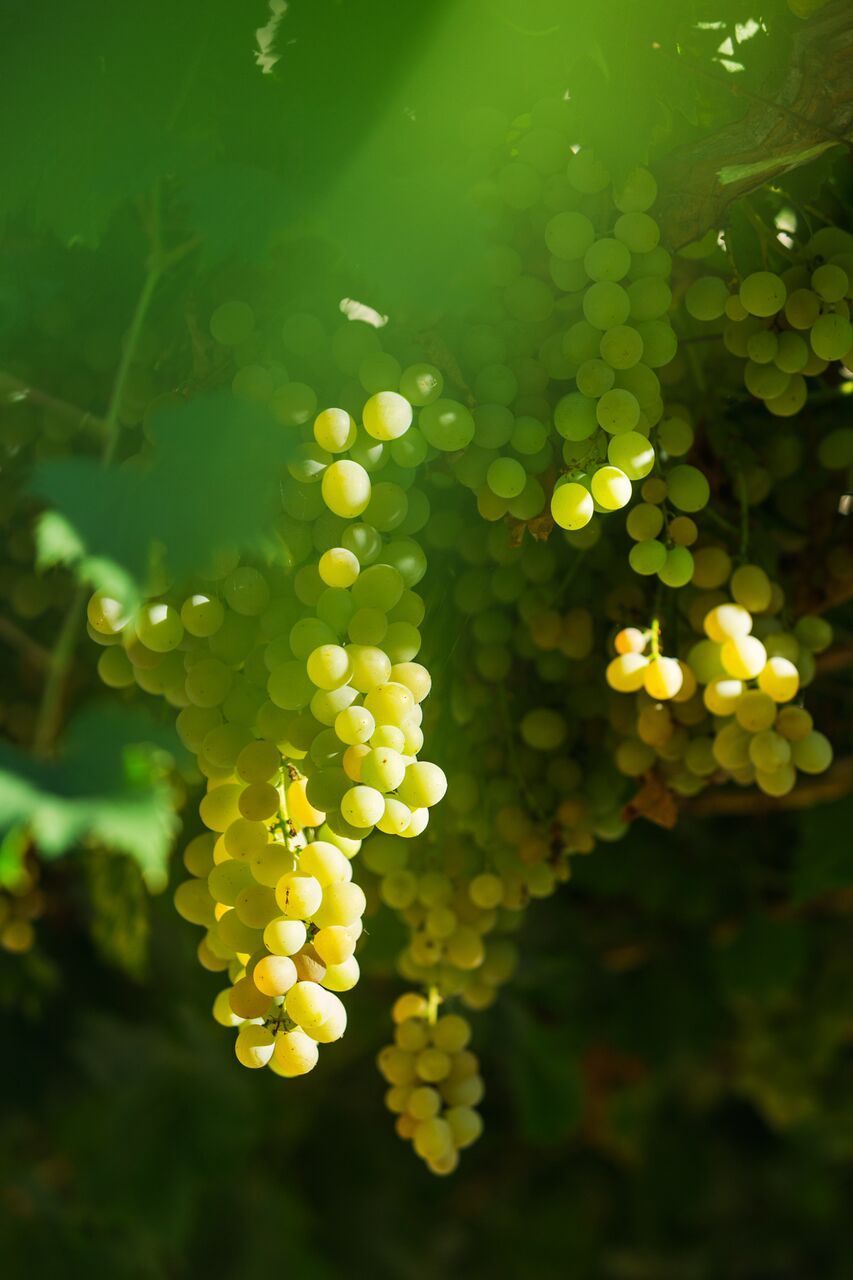We're not saying you should sail around the Croatian islands and taste the indigenous wine varieties on each of them like its the summer of 2016 and they're Pokémon...
But, if you were so inclined, let us help you and recommend those indigenous varieties you shouldn’t miss on your Croatian-island-wine-Poké-quest!
There are over 130 indigenous wine varieties in Croatia, which is a well known fact. When sailing along the Croatian coastline, you will be able to taste many of those varieties, as Croatian islands are rich with such indigenous varieties, and many of them are still produced in sufficient quantities, so that any thirsty sailor can find a bottle for him or herself when they dock on an island.
Let’s organise our guide from the south, heading up the coast:
KORČULA
On the island of Korčula, there are three wines you should give a taste: Pošip, Grk and (admittedly, not absolutely indigenous to the island, but of an undetermined origin and Korčula has an equally valid claim to it as any other location in Dalmatia) - Maraština.
Pošip is mostly grown in the sheltered fields on the island, but has been successfully grown in other places in Dalmatia recently (Hvar, Skradin, Brač...). Pošip wine is golden yellow dry, with a relatively high alcohol content (sometimes over 14 percent) and a very fruity aroma. It ages well, so you can have it as a fresh wine, or aged in oak barrels.
Grk is grown on sandy and very dry fields near Lumbarda on the eastern tip of the island, that give the grapes very high sugars along with excellent acids. The wine is usually dry, high in acidity, with an alcohol content usually around 13%, it is somewhat aromatic and fruity with hints of pine and saltiness.
Maraština is a wine of many names, and Rukatac is the name that is used for it on Korčula. It’s grown throughout Dalmatia; traditionally it was used to compliment other wine varieties. Varietal wine is fragrant and fruity, a golden yellow colour, full-bodied with hints of vanilla, it has a fairly low alcohol content and low acids.

Copyright: Romulić and Stojčić, Lumbarda on island Korčula, overlooking the Pelješac
VIS
Vugava, sometimes referred to as Bugava, is an indigenous variety grown on the stony and sandy soils on the island of Vis. The grapes tend to have a very high sugar content and relatively low acids, as well as somewhat overripe aromas. Varietal wine is golden yellow, fruity, and less mineral then you’d expect it to be. It is well balanced, at around 14% alcohol content and possesses a flavour that is sometimes described as “retro” and honey-like.
HVAR
Bogdanuša is a wine variety indigenous to the island of Hvar, as it was originally found in the Stari Grad Plain on the island. It is a white wine of a very rich greenish-yellow colour, an unexpectedly fresh taste, with just the right amount of bitterness and quite a low alcoholic content at almost always approximately 12%, it also has a hint of herbs (lavender!) in the aroma.
Prč is another wine variety indigenous to the island of Hvar, rarely grown (and used to make wine) on its own, it’s usually blended with other varieties, as it has a high yield and accumulates a lot of sugar and can improve the quality of the blends. Traditionally, it is used as one of the varieties in prošek.
Darnekuša, also called Drnekuša on Hvar or Glavanjuša on Vis (and it grows exclusively on those two islands!) is a variety rarely planted and made into wine on its own; usually it is blended with Plavac Mali or used in prošek. Some great light red and rosé wines have recently been made from it.

Copyright: Romulić and Stojčićč Island Hvar
ŠOLTA
Dobričić is one of the parents of Plavac Mali and that is probably its greatest claim to fame. Today, you can find varietal wines only on the island of Šolta, it is sometimes called “the darkest red wine of Dalmatia”, with a low alcoholic content and low acids, but high in tannins, almost tart and bitter, needing to age in oak.
SUSAK
Sansigot, sometimes also called Sušćan, is a variety indigenous to a very small sandy island in the Mali Lošinj archipelago, Susak. It has spread to other Kvarner islands, like Krk, Cres and Pag. It manages to acquire acceptable levels of sugar and matching good levels of overall acidity, resulting in wines not too strong, not too high on tannins and to be enjoyed as a young wine or after some aging.
KRK
Žlahtina is often called Vrbnička Žlahtina or Žlahtina Bijela, named after the small town of Vrbnik (on the Northern Croatian island of Krk), from where it originates, and where, to this day, most of the production is located. The wine is a clear bright yellow colour with somewhat exotic fruity aromas, low alcoholic content of around 11%, it is usually almost completely dry and refreshing with a mineral taste.
Copyright: Romulić and Stojčić
Notable mention goes to Plavac Mali, probably the best known Croatian indigenous wine, for which there are no clear proof of actual origin, but it is grown throughout Dalmatia, including on the many Dalmatian islands (and as far north as the island of Krk). The style and the flavour of Plavac Mali varies significantly, so if you like strong, tanniny, full-bodied and with quite a lot of alcohol, sailing along the Croatian coast will give you a chance to taste Plavac Mali made locally and decide which of the Croatian islands produces the Plavac that you enjoy the most.



